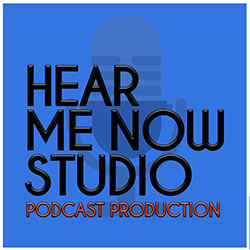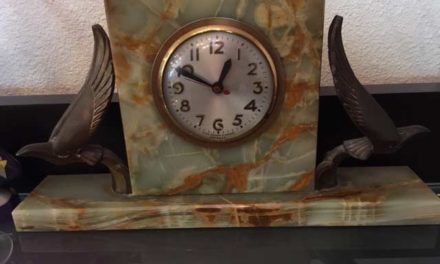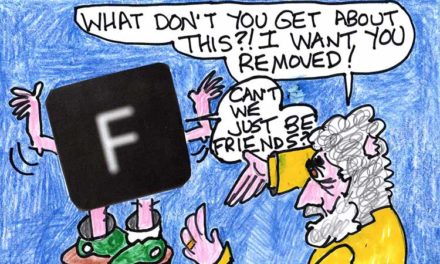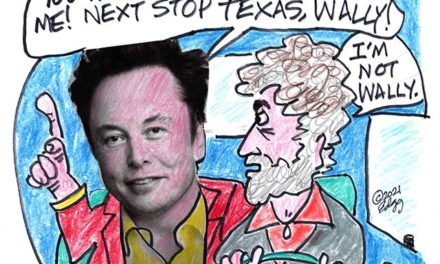Covid-19 Inspires “Space” Travel—
—from downtowns to suburbs, then suburbs to downtowns, then back to the suburbs
By Ed Goldman
My condo is not what you’d call spacious. If I had a party here and observed the current rules about social distancing, several guests would have to stand outside. Or possibly in my neighbors’ yards..
A few years ago, the need for “space” no longer had anything to do with sending U.S. astronauts back to the moon. It became a word used to connote a basic human need. “I need my space” was a more common phrase to end a relationship than the more current, “It isn’t you. It’s me.” To me, the latter is a more flexible kiss-off than “I need my space” because it lends itself to juxtaposition and, therefore, laughs. For example, who wouldn’t get a kick out of being told, “It isn’t me—it’s you!”?
Laughter in the face of abject rejection isn’t uncommon, I’ve read, though I don’t entirely believe that Adam supposedly said to Eve as they bolted from the Garden of Eden, “Three words: Next time, oranges.” I also think it would be in poor taste for a priest to respond to a Death Row inmate’s last-minute plea “Any word from the governor?” by quipping, “About what, specifically?”
The year 2020 brought “space” back into the national dialogue—and I’m not talking about Elon Musk, NASA or the rumored one-word, off-the-record psychologist’s evaluation of the president following his cognitive skills test in July.
People are talking about needing a different kind of space these days, especially those who years earlier deserted urban life for the suburbs—only to discover there’s not much out there to do after supper and “Wheel of Fortune.” These people, often empty-nesters, had begun returning to American cities en masse, demanding apartments one-fifth the size and five times more expensive than the half-acre/four-car-garage ranchettes they were abandoning. “We want to be lulled to sleep by backfiring muscle cars, muffler-free motorcycles and the floor-shaking bass of the hip-hop album playing on the stereo in the apartment above us!” they seemed to cry.
Then pandemic pandemonium set in.
In its first months, Covid-19 mushroomed in metropolises, forcing people to evaluate, once again, the merits of living atop, beside and below one another. And so, erstwhile urbanites/suburbanites/re-urbanites headed back for the hills, thinking “Wheel of Fortune” wouldn’t be so bad when it isn’t accompanied by the sound of next-door atomic explosions, and pastoral air would at least carry no big-city contaminants—unless you lived by acreage that was regularly crop-dusted or frequently showed up on TV during fire season.
But these edgy émigrés hadn’t counted on Covid-19’s heretofore unsuspected love of travel.
It therefore wasn’t long before governors throughout the country tried to connect with residents scattered throughout their states, often in areas where not even Wi-Fi hot spots were available, urging them to maintain a safe distance from their—their what? Neighbors two miles away? Cows? Harvest crews? Circuit judges awaited by town marshals who were determined that no ad hoc lynch mob of torch-toting townspeople were going to prevent the Cole Younger gang from getting a fair trial? (Yes, everything I know about rural life I learned from watching cowboy movies with my dad in an apartment in New York City.)
So we now have, in addition to coronavirus, a country-life conundrum. Large homes with expansive yards and ample space between your family and other families are popular again, according to Realtors® (they love when their job title is capitalized and includes the registration mark, which no self-respecting journalist ever does). Meanwhile, urban infill projects—in which a clever builder working with a local government can take on almost no risk—are suddenly less the rage than they were when groups like the Urban Land Institute preached the joys of density in city development (as a large contingent of ULI’s members then retreated to their gated communities).
I think the word “infill” itself may be the deterrent. It sounds claustrophobic, as though it’s essential to fill every inch of a cityscape with an apartment house and street-level retail but only enough parking for half the residents. “This will get them to take light rail and ride bicycles,” goes the theory.
Uh-huh. Listen, getting people out of their cars—which may be trending toward hybrid and electric vehicles but are simultaneously growing larger—reminds me of what the late actor and gun fan Charlton Heston said about what he considered his Second Amendment right to bear arms: “I’ll give you my gun when you pry or take it from my cold, dead hands.” Substitute “key fob” for “gun” and I think you get the picture.

Ed Goldman's column appears almost every Monday, Wednesday and Friday. A former daily columnist for the Sacramento Business Journal, as well as monthly columnist for Sacramento Magazine and Comstock’s Business Magazine, he’s the author of five books, two plays and one musical (so far).











